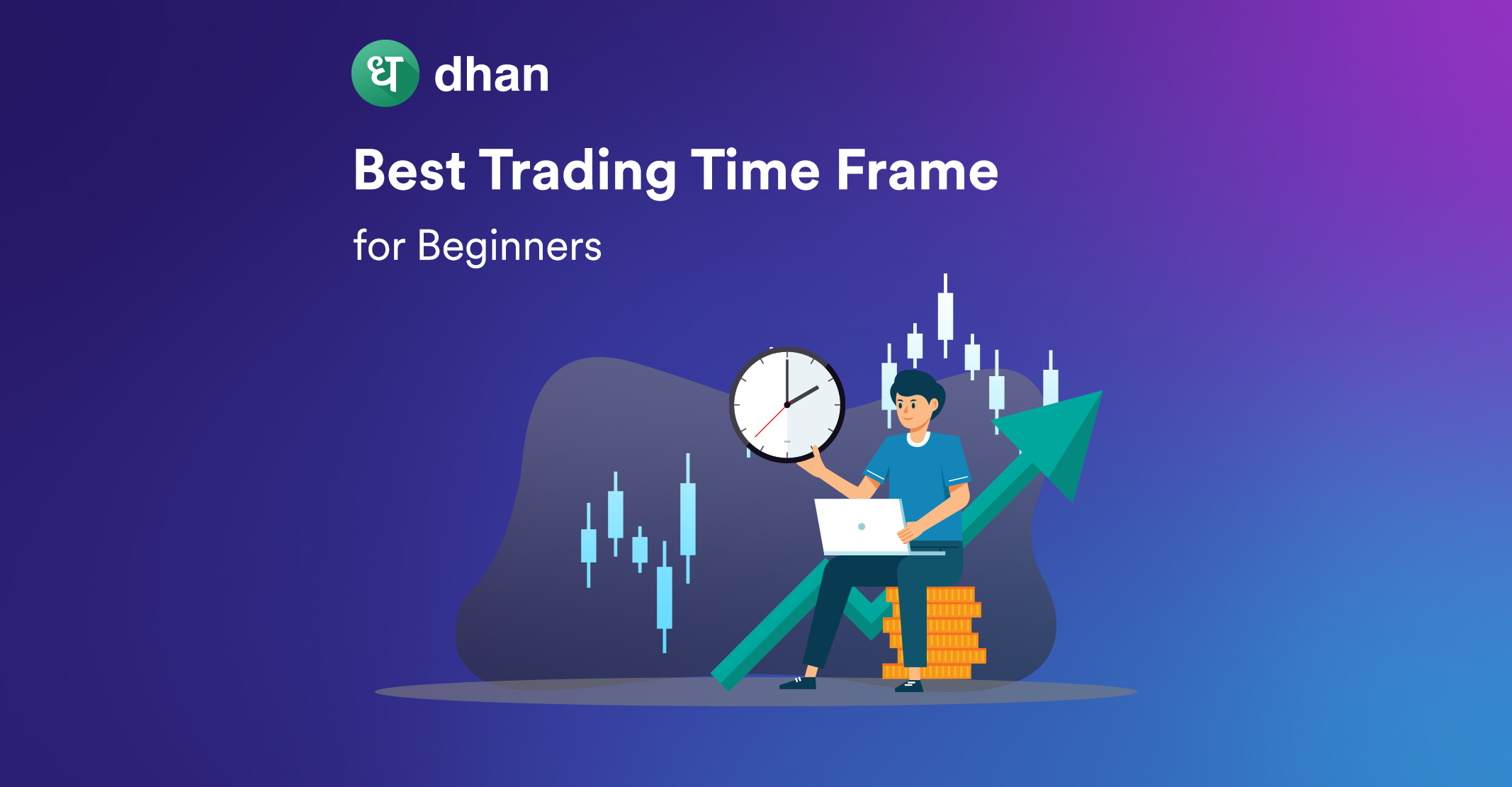Deploying the right stock market strategies is the key to success while trading and investing, whether you’re seeking long-term wealth creation or short-term gains.
With the help of this article, we will shed light on the best investment strategies in stock market that can help you make the most of your online stock trading journey.
1. Day Trading
Buying and selling of financial securities on the same trading day is known as day trading.
The strategy is ideal for those having significant time during market hours.
Day trading requires a profound understanding of technical analysis because the traders aim to profit from the short-term price movement.
At the same time, day trading also requires risk management, discipline, and quick decision-making.
You can check out the best day trading indicators to know more.
2. Short Selling
A strategy that enables traders to sell shares they don’t own, and thereby benefit from falling stock prices is called short selling.
The strategy best suits those with a bearish outlook on the stocks.
Short selling occurs when a trader borrows a security and sells it in the open market.
When the price falls, the trader buys the securities, keeping the difference, which is the profit.
The short-selling strategy can be risky as if the market goes in the opposite direction, the losses can be unlimited.
3. Scalping
Scalping is a unique short-term strategy traders use to benefit from minor price swings.
Traders who use the scalping strategy often make dozens or possibly hundreds of trades in a single day.
Those who follow scalp trading require a high level of concentration and discipline because they have to react decisively and make decisions quite readily.
4. Swing Trading
The swing trading strategy involves traders capturing short to medium-term price fluctuations within a well-established trend.
In swing trading, they look for a security with significant potential for volatility in either direction and maintain their holdings for a few days or weeks.
This strategy is best for those with medium-time availability as traders do not have to make frequent trades as in day trading or scalping.
Swing trading requires a thorough understanding of the market sentiments with good technical and fundamental analysis skills.
5. Momentum Trading
The secret to momentum trading is to identify stocks that are showing significant price movement.
When a stock is in an uptrend, the strategy suggests buying it. When it is in a downtrend or begins to decline, traders sell it.
Since traders have to keep a close eye on their holdings and be ready to take a chance when momentum shifts, this is a difficult strategy to execute for newcomers.
6. Arbitrage Trading
Using price discrepancies on the same asset on different exchanges or markets is called an arbitrage strategy.
Traders buy assets at cheap prices in one market and sell them at higher prices in another and profit from the price difference.
The execution of the arbitrage strategy requires perfect timing, speedy execution, and an understanding of market flaws.
7. Buy and Hold Trading
Position trading is often known as the buy-and-hold strategy.
This strategy is ideal for traders who have patience and seek stability and wealth creation.
It is one of the most profitable strategies in the stock market in which traders buy stocks to keep them for a long time.
Making profits from the long-term growth of the company and dividend compounding is the aim of this strategy.
This strategy places more focus on the company’s overall potential and health.
The positional trading strategy does not focus on the short-term swings in the market.
8. Value and Growth Investing
Value and growth investing are two popular investment strategies in stock market.
Using the value investor strategy, investors seek an undervalued company based on fundamental metrics such as price-to-earnings ratios and book value.
Investors aim to buy the stock at a discounted price and keep them until their intrinsic value is achieved.
On the other hand, growth investing refers to investors who look for equities with a strong growth aspect.
Growth investors are prepared to spend more premium on companies that are anticipated to develop at a faster growth rate than usual.
9. Buy Today, Sell Tomorrow (BTST)
This is a strategy where traders purchase shares with the intent to sell them the following day.
Their goal is to capitalize on overnight price fluctuations. However, executing BTST trades is known to require a high trading acumen.
As well as effective risk management, a BTST trader must deal with the inherent uncertainties associated with short-term trading.
10. Algorithmic Trading
Algorithmic trading or algo trading is a tech-savvy way of buying and selling securities via stock trading APIs.
It runs on computer algorithms designed to follow specific instructions such as “sell at Rs. X” or “buy more at Y%”.
As you can tell, it is a sophisticated stock trading strategy for executing high-speed, automated trades based on predefined criteria.
Conclusion
In the stock market trading and investing, there is no single strategy that works for everyone.
Your financial objectives, skills, risk management, time commitment, and understanding of the market determine the best stock market strategies for you.
To be successful and achieve your objective in the market, you need to learn about different strategies, practice them on a demo account and be well-versed in them.



